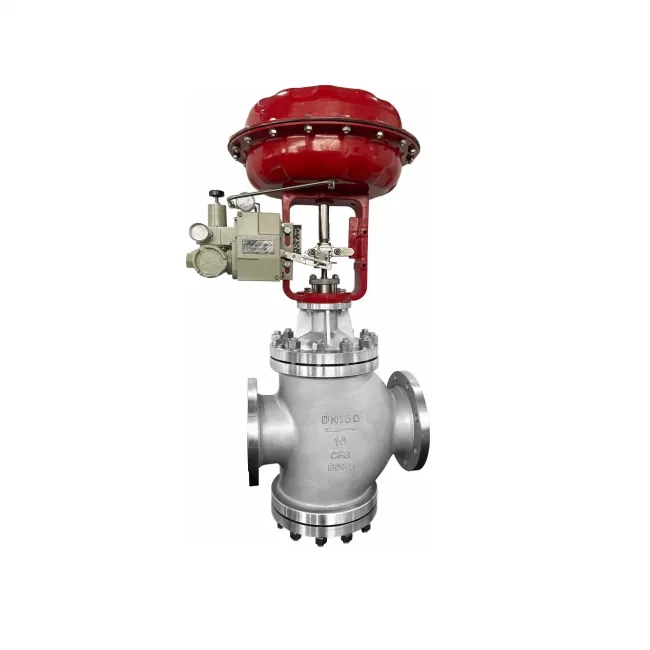F-ZJHN Pneumatic Double-seat Control Valve
The Double-Seat Control Valve features a balanced dual-plug design that reduces actuator force and pressure imbalance, ensuring precise flow control under high differential pressure, improving stability and service life in steam, chemical, and gas systems, verified by IEC 60534 and API 598 leakage tests ≤ 0.01 % Cv.
Technical Specifications
| Size Range | DN25 – DN400 (1″ – 16″) |
| Working Pressure Range: | PN16 – PN100 / Class 150 – 600 (1.6 – 10 MPa) |
| Working Temperature Range: | −40 °C to +450 °C |
| Body Material: | WCB, CF8, CF8M, CF3M, Alloy Steel |
| Connection Type: | Flanged (ASME B16.5 / GB/T 9113), Welded |
| Applicable Medium: | Steam, Gas, Oil, Water, Corrosive Liquids |
| Actuator Type: | Pneumatic Diaphragm, Electric |
| Voltage Options | AC 220 V, AC 110 V, DC 24 V |
| Design Standard | IEC 60534, GB/T 4213, ANSI B16.34 |
| Testing Standard | ISO 5208, API 598, GB/T 13927 |
| Fire-Safe Design | API 607, ISO 10497 (Optional) |
| Certification | CE / RoHS / ISO 9001 / IP65 (Actuator) |
| Customization | Above Are Standard Parameter Samples. If You Have Specific Parameters And Materials, We Can Customize Them All. |
Product Drawings
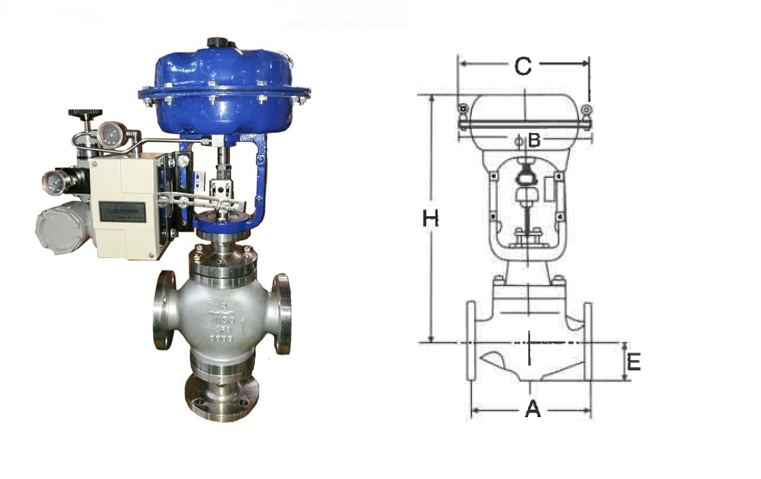
Comprehensive Technical Drawing (Dimensions & Structure)
Product Benefits & Features
1. Precision Flow Control Performance
• The Double-Seat Control Valve ensures stable flow control under high pressure differentials.
• Dual-plug design provides precise flow adjustment and minimal vibration.
• High flow coefficient (Cv) improves efficiency in steam and chemical pipelines.
• Tight sealing prevents leakage in oil, gas, and water systems.
2. Durability and Reliability in Harsh Conditions
• Corrosion-resistant stainless or alloy steel ensures durability in chemical and high-temperature environments.
• Hardened trims resist wear in high-pressure pipelines.
• Balanced design lowers actuator load and improves operational reliability.
• Fire-safe and SIL-certified for safety in industrial applications.
3. Flexible Configuration and Compatibility
• The pneumatic control valve offers flanged or welded ends meeting ANSI and IEC standards.
• Supports pneumatic or electric actuators for automation integration.
• Custom materials suit steam, oil, and corrosive gas media.
• The flow control valve fits global industrial systems with standardized design.
4. Maintenance Efficiency and Operational Economy
• Simple structure allows quick valve maintenance and minimal downtime.
• Balanced form reduces actuator size and energy consumption.
• Self-aligning seat maintains tight sealing over long cycles.
• The Double-Seat Regulating Valve delivers long service life and cost-effective flow control.
Why Choose Fleyenda Valve Manufacturing
Product Stability
We use reinforced structures and precision sealing to ensure consistent performance under pressure and temperature changes.
Conpany&Product Certification
We have CE, RoHS, ISO, SIL, TUV, and IP68 waterproof certifications covering safety, quality, and environmental standards.
Projects Experience
Cooperated over 40 countries, we have experience in oil & gas, energy, water, chemicals, food & beverage, and automation.
Customization Capability
With 20 years experience, we turn complex working conditions into precise valve solutions with high speed and accuracy.
Aftersales Support
•We have technical team provides real-time video support to help customers resolve on-site issues quickly.
Customer Cases
Trusted by Shell plc, Petronas, Chevron, TotalEnergies, and Dupont in projects across 40+ countries.
Our Product Actual Export Pictures

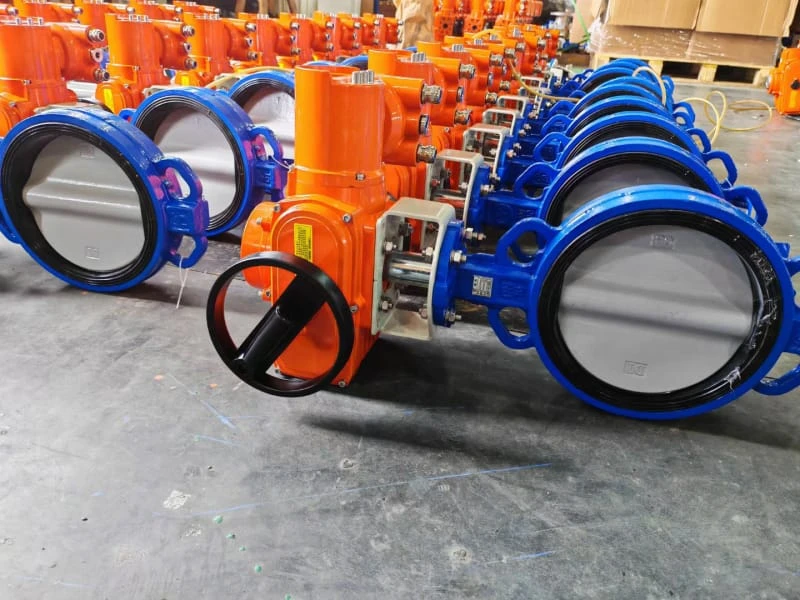
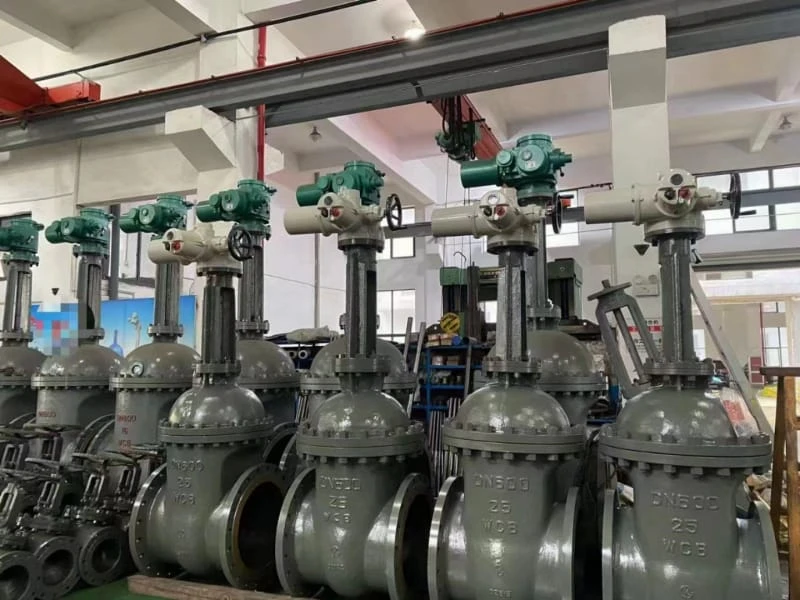

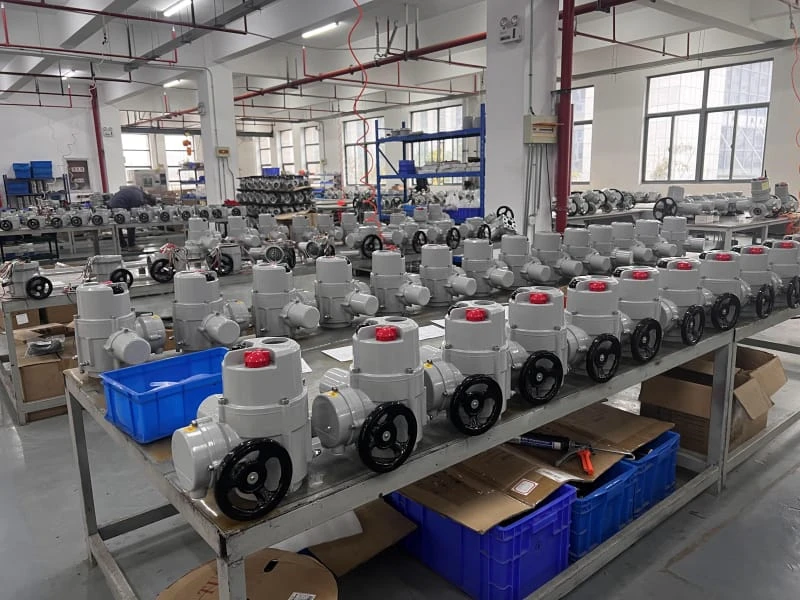
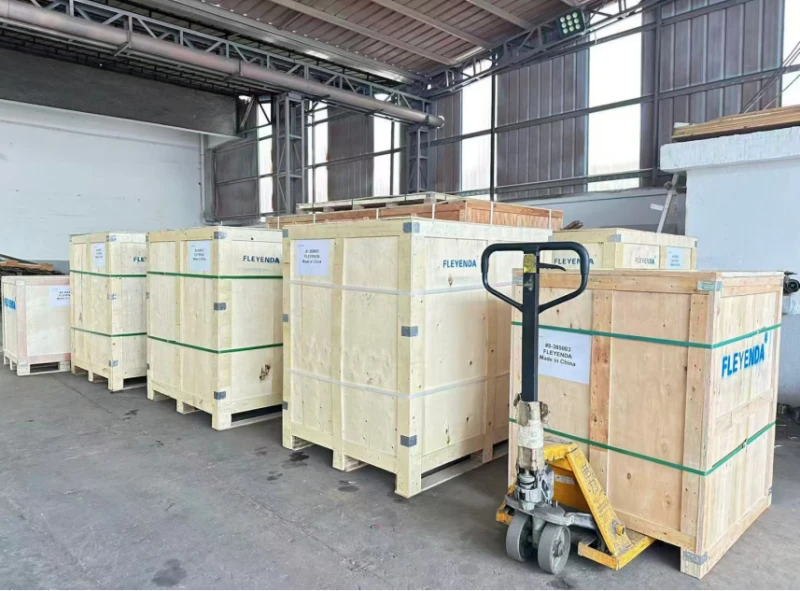
FAQs That 80% Users Interest
1. How does a Double-Seat Control Valve improve stability in high-pressure flow systems?
• The Double-Seat Control Valve uses a balanced dual-plug design for stable flow control under large pressure differentials.
• It minimizes vibration and hunting in automated process systems.
• High Cv capacity ensures precise adjustment in steam, gas, and chemical pipelines.
• Proper actuator tuning maintains reliable flow regulation without oscillation.
2. Why is a Double-Seat Regulating Valve not ideal for tight shut-off applications?
• The balanced design of this industrial control valve reduces actuator force but limits sealing tightness.
• Dual plugs may not fully close both seats, allowing slight internal leakage.
• For zero-leakage applications, a single-seat globe valve is preferred.
• The double-plug configuration is designed for modulation, not isolation.
3. How can I prevent cavitation or noise in a Double-Seat Flow Control Valve?
• Use anti-cavitation or low-noise trims to control energy within the flow-control valve.
• Keep pressure drop within safe limits to reduce erosion in liquid or steam service.
• Add diffusers or restrictors to manage turbulence in process pipelines.
• Choose durable valve materials to resist cavitation wear.
4. What should I verify when integrating a Pneumatic Double-Seat Valve into an automated system?
• Match actuator size and signal range to the valve design for smooth modulation.
• Calibrate positioners for accurate flow response in DCS or PLC control.
• Confirm signal compatibility with 4–20 mA, HART, or digital systems.
• Ensure the valve-actuator assembly supports required flow range and response speed.
5. Which materials are suitable for a Double-Seat Globe Valve in corrosive or high-temperature service?
• Use stainless or alloy steel for chemical and steam applications.
• Apply hardened trims for long life in abrasive flow conditions.
• Select PTFE or graphite seats based on process media.
• Follow IEC 60534 and API 598 standards for industrial valve performance.
